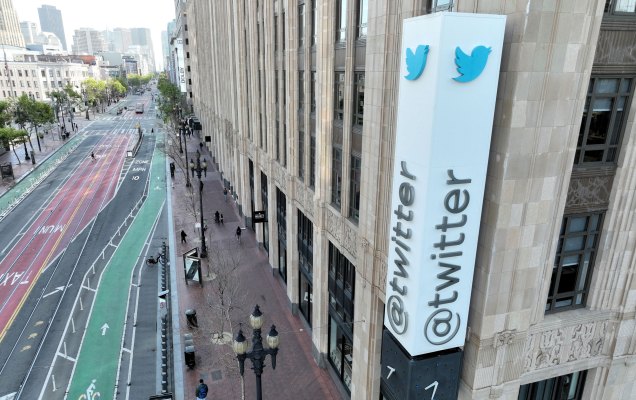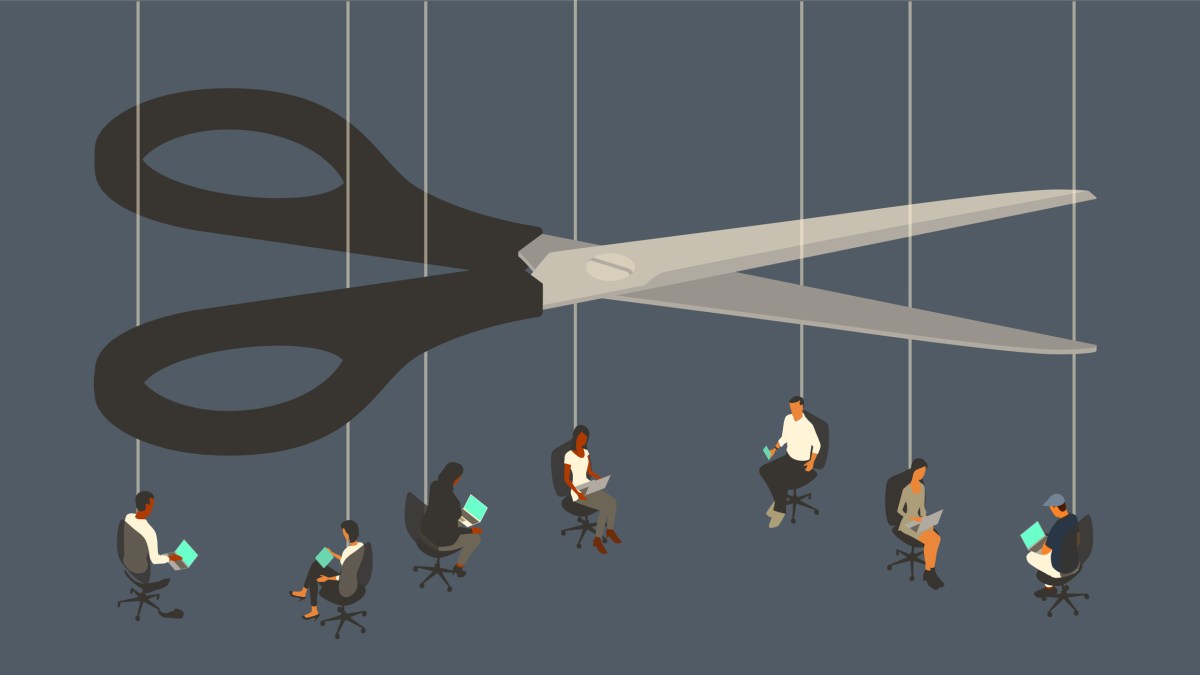Women’s World Banking wants to bring access to financial services to women around the world
One of the major barriers women face around the globe is the lack of access to digital financial services via smartphones. Getty Images/iStockphoto
Late last month, the World Bank published its first Global Findex Report since 2017. The report analyzes how adults in over 140 economies save, spend, borrow, and manage risk, among other economic factors. Women’s World Banking says a few of the findings are more nuanced than many may think.
Among the findings are that roughly three-quarters of a billion women face economic exclusion; women who are economically excluded are the most difficult to reach and have limited access to mobile phones; and the gender gap in bank account ownership between men and women has fallen from 8% to 6%. However, Women’s World Banking says the data needs to be examined more closely, as some of the factors that went into it might not be as clear-cut as they seem.
“One of the statistics that a lot of people are touting is that the gender gap has closed,” Mary Ellen Iskenderian, president and CEO of Women’s World Banking, told ZDNet. “We’ve gone from this unbudgeable 9% gender gap in the emerging markets between men and women down to 6%. But I think that number has to be unpacked and we have to look at the nuances, and it does come back to India in an important way,” she said.
“Part of that gap was closed because 6% of men closed their accounts, because they just didn’t find any of the services worth keeping the account open. No one wants to see a gender gap closed or women becoming better by men becoming worse,” Iskenderian said.
The barriers we need to tear down
Women’s World Banking has been working since 1979 to bring women around the globe access to financial services. According to the organization, many of the issues women face stem from a lack of access to digital financial services via mobile phone, cultural norms, or antiquated government policy.
The organization has been advocating at the policy level for change, as well as for digital financial solutions, and provides workplace leadership programs to bring women greater access to finance.
“The barriers are so similar across all geographies,” Iskenderian said. “Women tend to be less financially literate or have a perception that they are, and are less confident, particularly now that finance and digital [have become] the same thing. So, digital literacy is absolutely essential. And there is, unfortunately, the digital gap: Women’s inability to access the technology. We are seeing a real stalling in the progress toward getting women access to smartphones,” she added.
According to the Global System for Mobile Communications (GSMA), there is an 18% gender gap in smartphone ownership between men and women, which is up from 15% last year. The lack of access some populations of women have to smartphones, and therefore digital financial services, is one of the major issues Women’s World Banking is looking to solve.
Another major issue the organization is contending with is financial service providers themselves. According to Iskenderian, there are some countries around the world where financial service providers don’t gender disaggregate data, which means they aren’t even aware how large the gap is between men and women.
“Financial service providers themselves — and we don’t know why this is — are still persistent in thinking that there isn’t a business case for serving low-income women,” she said. This is despite the fact that Women’s World Banking research shows that women have a higher customer lifetime value with digital products than men, meaning the financial service providers are missing out on a large potential source of revenue.
The third major barrier women are facing is at the policy level. “The fact that organizations don’t collect gender disaggregated data is often driven by the fact that the regulators don’t require them to report that way,” Iskenderian said. Beyond that, there are some cultural practices that limit women’s ability to access financial services. For example, according to Iskenderian, there are still a number of countries that only allow women to access credit if they have land as collateral, yet in these countries women can’t own land in their own name.
Building financial literacy and tackling the wealth gap
Among advocating for policy change, Women’s World Banking works with regulators in leadership programs. According to Iskenderian, the top policy the programs focus on is financial literacy, which is the next hurdle to overcome once underserved women have access to digital finance tools.
Women’s World Banking works with regulators to get financial literacy included in national curriculums, among other things. The organization is primarily focused in India, Indonesia, Mexico, Egypt, Nigeria, and Bangladesh, but also works in Vietnam, Cambodia, and the Philippines.
In the US, the organization is developing an impact investment fund to address some of the unique financial challenges facing women in the country. For example, building financial resilience and wellness in the face of unexpected financial challenges, such as emergency spending, as well as the significant wealth gap between men and women.
According to Iskenderian, women own only 40% of assets compared to men in the US. African American women only own 12% of the assets of the average male.
While Women’s World Banking is working on behalf of women everywhere, there are steps individuals can take as well. Women’s World Banking’s website offers resources to educate oneself about the issues many women around the world are facing. It also features financial service providers who are doing more to provide access to policies and products for women.
“One thing that every single one of us can do is be a more conscientious consumer of financial services. There’s a really strong correlation between gender diversity and diversity of all sorts in leadership of organizations and the outreach to a more diverse population,” Iskenderian said. “Even knowing if the organization that manages your money has any diversity in its leadership or on its board, just finding those things out and being smarter and demanding them. Or changing your provider until you find one that thinks that’s an important goal, can be something we all can do.”





Pingback: Buy microdose mushroom Michigan